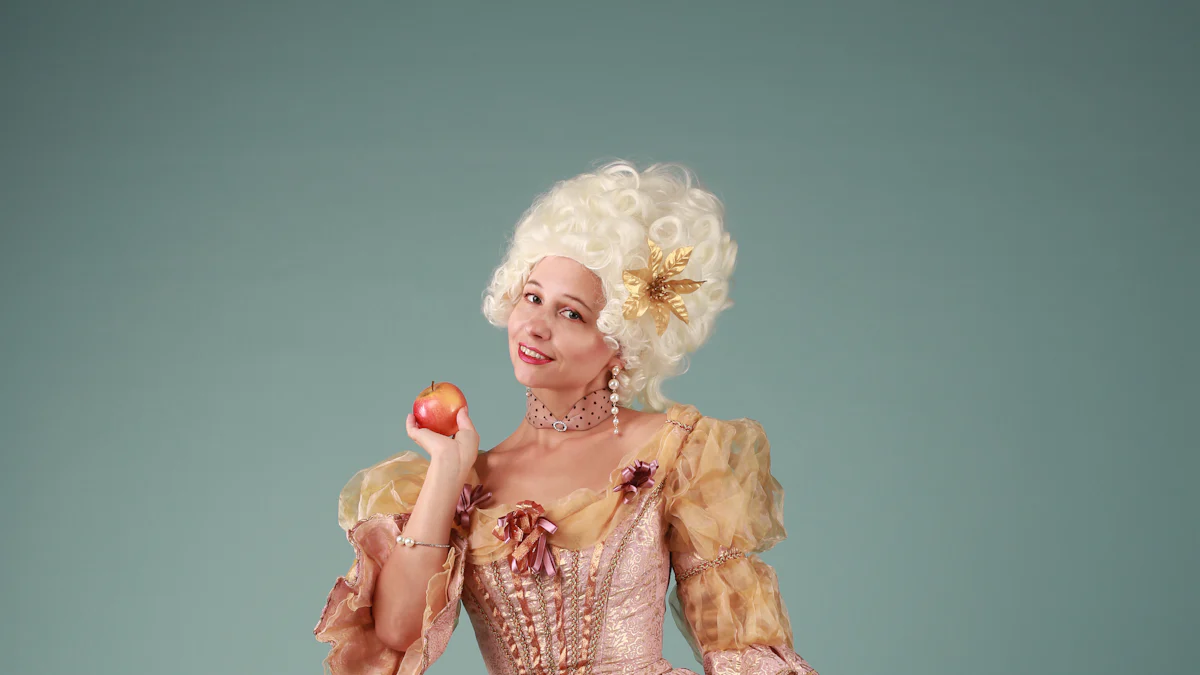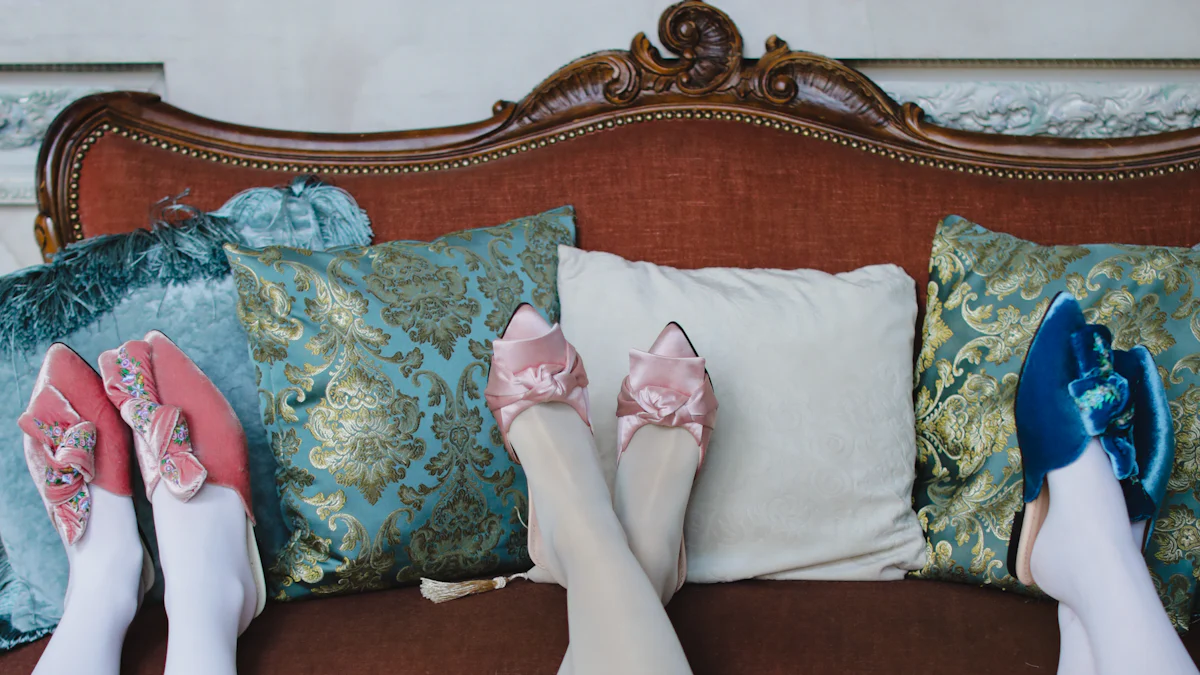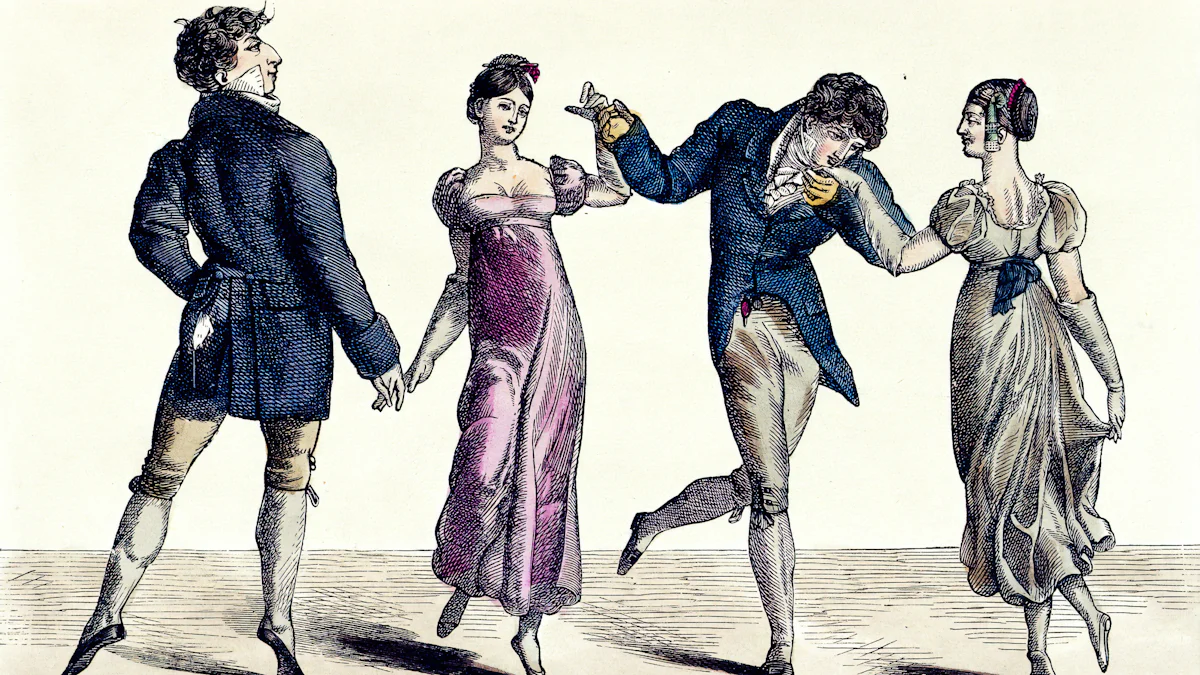
In the late 18th century, fashion played a pivotal role in society, influencing individuals across various social classes. The significance of silk stockings and breeches cannot be understated during this era. These luxurious accessories were not merely garments but symbols of status and elegance. This blog aims to delve into the historical importance of these items, shedding light on their craftsmanship, societal impact, and lasting legacy in the realm of fashion.
The Rise of Silk Stockings and Breeches

In the early 18th century, silk stockings and breeches emerged as prominent elements in fashion trends, influencing individuals across different social classes. During this period, the aristocracy played a significant role in setting the tone for fashionable attire. Early 18th Century Trends showcased a preference for soft pastels, light fabrics, and elaborate wigs, reflecting a sense of refinement and sophistication.
The Influence of Aristocracy extended beyond mere clothing choices; it encompassed an entire lifestyle that emphasized elegance and grandeur. Aristocratic women in the 18th century epitomized grace and style, transitioning from elegant ensembles to more extravagant and visually captivating outfits that were truly worth witnessing.
Silk stockings became synonymous with luxury and delicacy during this era. The Materials and Craftsmanship involved in creating these stockings were meticulous, with artisans dedicating time and skill to produce exquisite pieces that added a touch of opulence to any ensemble. Furthermore, the Decorative Designs on silk stockings, such as intricate clocking patterns, elevated them to coveted fashion accessories.
Breeches also held a special place in 18th-century fashion. Their Design and Functionality made them versatile garments suitable for various occasions. Whether worn casually or formally, breeches exuded a sense of sophistication and refinement that complemented the wearer’s overall look. Particularly at formal events, breeches were considered essential attire for men seeking to make a statement through their sartorial choices.
Fashion and Social Status
Symbol of Wealth
In the 18th century, silk stockings and breeches were not merely garments but symbols of wealth and social standing. The Aristocratic Influence on fashion trends elevated the status of these luxurious accessories, making them coveted items among the elite. Public perception regarding individuals clad in silk stockings and breeches often reflected admiration and awe for their refined taste and opulent style.
Fashion Statements
The choice to wear silk stockings and breeches was more than a fashion statement; it was a form of Personal Expression. Men who adorned themselves with these elegant pieces showcased their attention to detail and appreciation for fine craftsmanship. Moreover, adhering to Social Norms, which dictated proper attire for different occasions, reinforced the significance of silk stockings and breeches as essential components of formal dress.
“Pantaloons were recommended for men whose legs were both slim and muscular. The idea was to show off a good leg.” – Unknown
Men’s fashion in the 18th century emphasized showcasing physical attributes through tailored garments like breeches. The combination of silk stockings with breeches not only highlighted a man’s stature but also his adherence to prevailing fashion norms.
The Decline of Breeches

As fashion evolved in the late 18th century, a notable shift occurred with the transition from breeches to trousers. This change marked a departure from the traditional knee-length garments towards slimmer, longer pants that reached the ankle. By the 1840s, trousers had completely replaced pantaloons, reflecting a new era in men’s fashion.
During this transition period, practicality and comfort played crucial roles in reshaping clothing choices. Breeches, once made of luxurious silks and satins, gave way to more functional materials like buckskin. The fabric became more form-fitting, setting the stage for the trend of snug suits during the Regency era. Additionally, as rich people embraced longer pants by the 1790s and into the 19th century, breeches adopted a conservative approach with darker hues and less ostentatious designs.
The legacy of silk stockings and breeches continued to influence modern fashion trends despite their decline in popularity. The intricate craftsmanship and attention to detail seen in these garments left a lasting impact on subsequent styles. From formal events to everyday wear, the elegance embodied by silk stockings and breeches resonates through time, underscoring their historical significance.
Legacy of Silk Stockings and Breeches
- Transition from knee-length breeches to ankle-length trousers
- Shift from luxurious fabrics to practical materials like buckskin
- Evolution towards form-fitting suits during the Regency era
Fashion trends in the 18th century have left a lasting impact on modern styles, with influences like corsets and men’s suits continuing to shape today’s fashion scene. The evolution of fashion from elaborate designs to simpler, darker colors reflects a shift towards rationalistic ideals and self-expression. Royalty in the 18th century set the pinnacle of fashion standards, showcasing extravagant dresses and accessories that captivated society. From class distinctions in men’s trousers to the diverse styles among aristocratic women, 18th-century fashion encapsulated a rich tapestry of sartorial expressions that continue to inspire contemporary trends.

